Locations | Resources | About | Materials
14. Buffalo Run Farm, Grill, and Gifts
 |  |  |
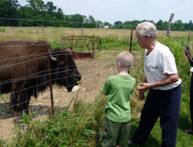 | 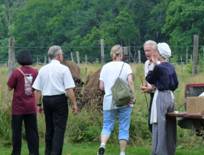 | 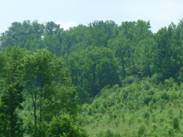 |
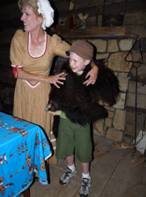 | 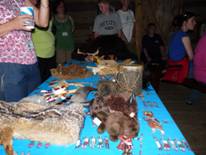 |  |
Buffalo Run Farm, Grill, and Gifts offers visitors a tour of two authentic Lincoln-era cabins and of a Native American tepee. If you’ve never had the chance to actually see live buffalo, Buffalo Run Farm offers this rare opportunity to you and your family.
Buffalo Run sits on property where Abraham Lincoln’s cousin, Dennis Hanks, once lived. The theme of this property is commemorative of the Buffalo Trace, which once ran through Spencer County near Buffaloville. If you’ve never had the chance to actually see live buffalo, Buffalo Run offers this rare opportunity to you during a farm tour. Experience the Indiana Frontier at Buffalo Run complete with tepee, Blab School, cabin, and a live herd of buffalo. Buffalo Run is located on Highway 162 between the famed Indiana towns of Lincoln City and Santa Claus, at 3804 SR 162 Lincoln City, IN 47552. Telephone 812. 937.2799.
Contact Kathy about a tour of the Blab School, of a Lincoln-era cabin, of a tepee, and of the buffalo farm. Retired educators, Kathy (the owner), her mother, and her sister (when visiting) dress in period costume and tell stories about life during the frontier days of southern Indiana.
At the Blab School, students would learn a topic from the teacher and would spend time reciting (out loud) the topic until they knew the material. The Blab School could be very loud (hence, blab). Generally, the male teacher would sleep in the loft above the classroom in the cabin, or he might take turns staying with local families. The teacher might receive payment in the form of cash (about .75c/year/student) or in the form of food (potatoes, apples, eggs, milk…). The current Blab School educators were too quick for our group teaching about the “5-finger lesson”, “Little Tommy Tinker”, spelling by phonetics (remember that this was before a Webster’s Dictionary), and much more. We did have one problem with a student who had to wear a Dunce Cap while sitting in the corner facing the wall.
The buffalo were enormous and well taken care of by Kathy’s father. We were allowed to feed the buffalo, carefully! They tend to gather in the woods for shade during the hot summer months, but they come during feeding time when they are called. Buffalo require a fresh water source, too. Native peoples utilized all parts of a buffalo when one was killed: rib bones (needles, tools, utensils), meat (dried in the summer for year-round use), bladder to carry water, dried tongue for a brush, jewelry, neck choker as protection against arrows, dried patties for fuel (fire) or flaked for baby powder.
Of course, the food at the café was good, hearty, and happily served. A small gift shop offers Lincoln and frontier memorabilia. THANKS to the entire family for a wonderful resource that typifies Hoosier hospitality!
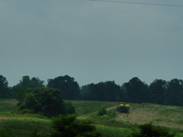 | Imagine life along the Buffalo Trace, a migratory route the herds of buffalo took through Kentucky, Indiana, and Illinois, as it would have been a few hundred years ago. Massive paths of landscape would have been trampled: the earth compacted, short prairie grasses growing. Now, roads and communities live on the Trace. |
